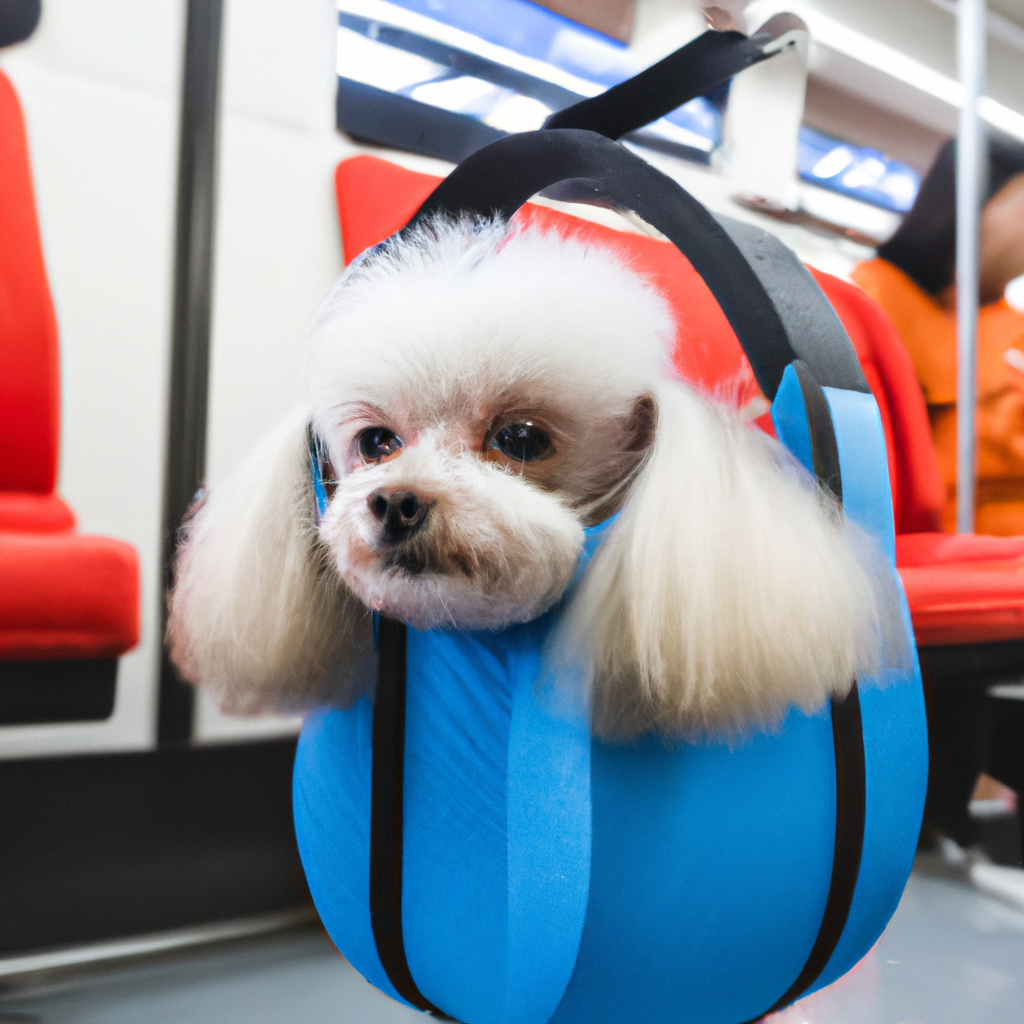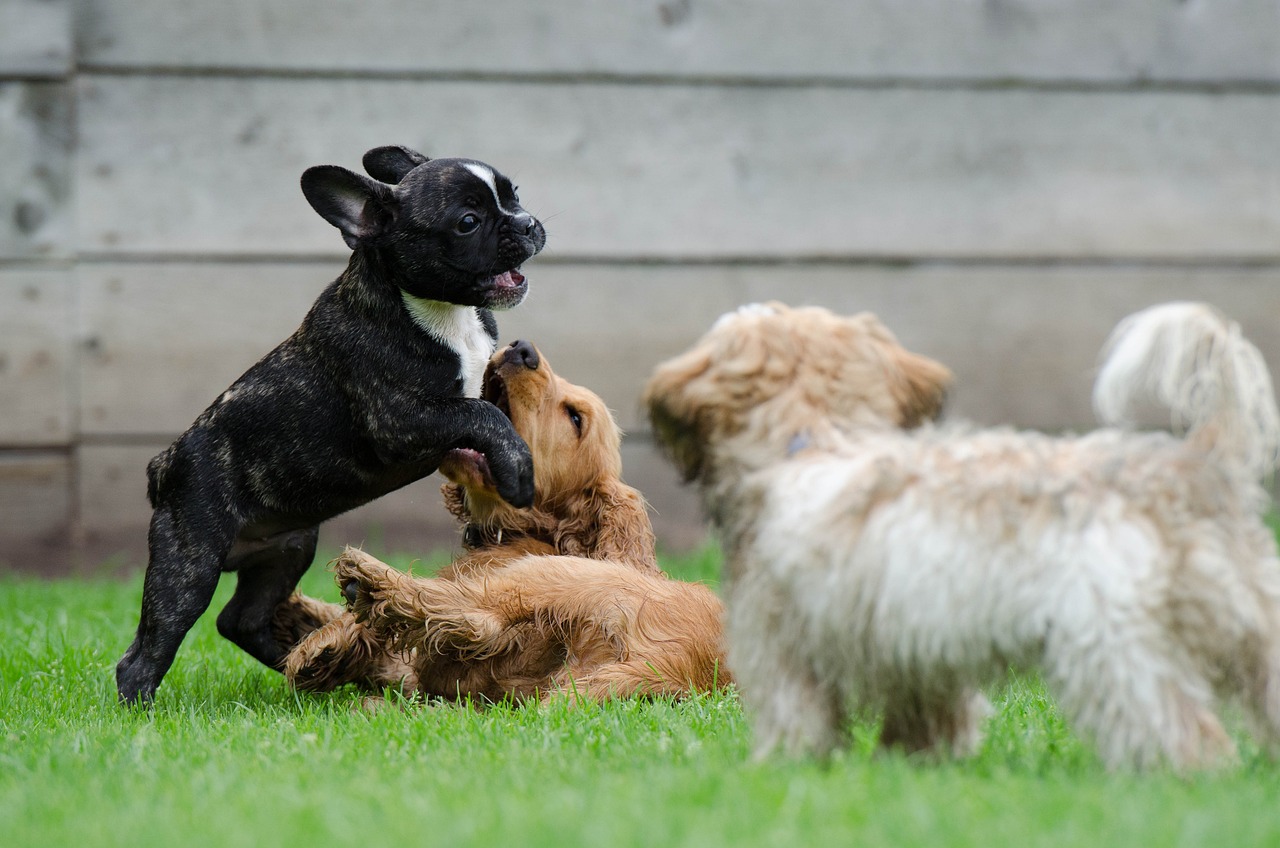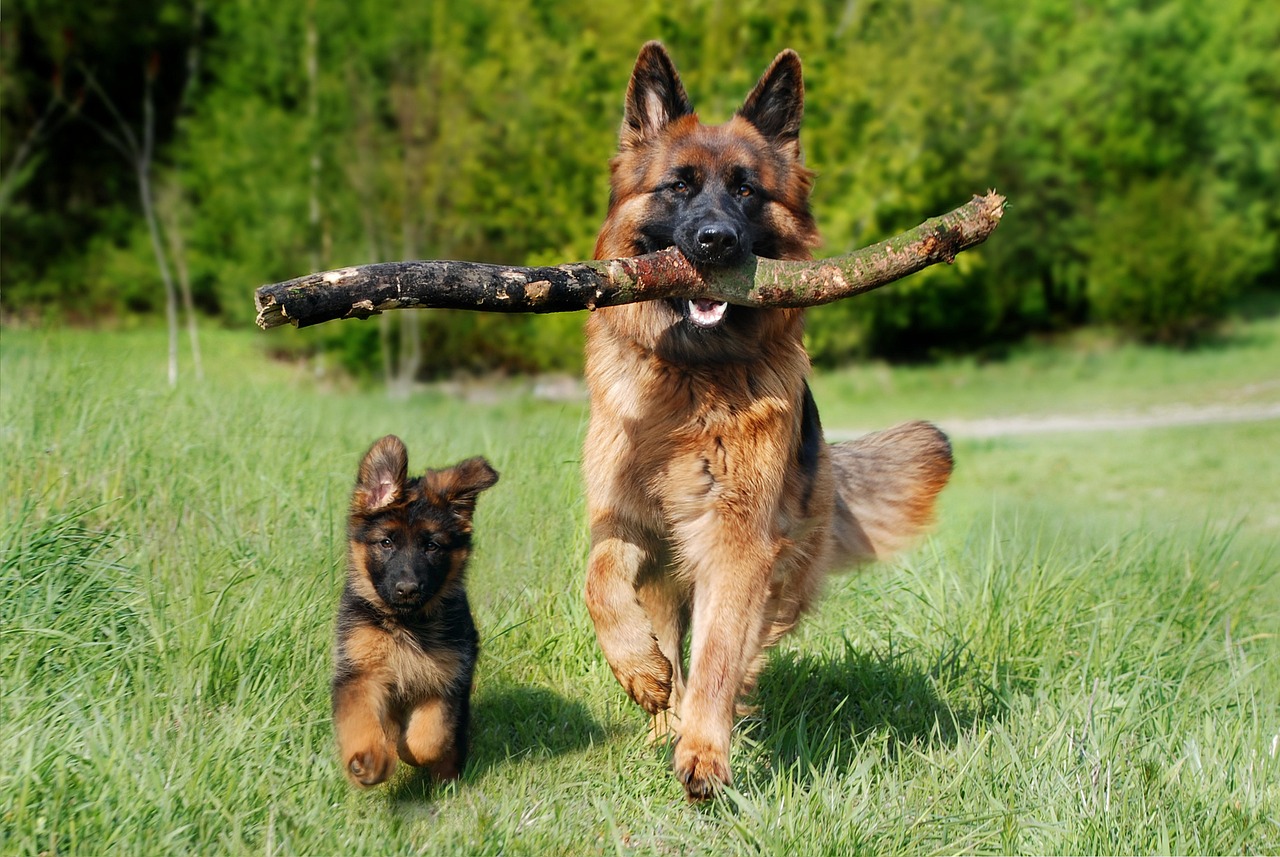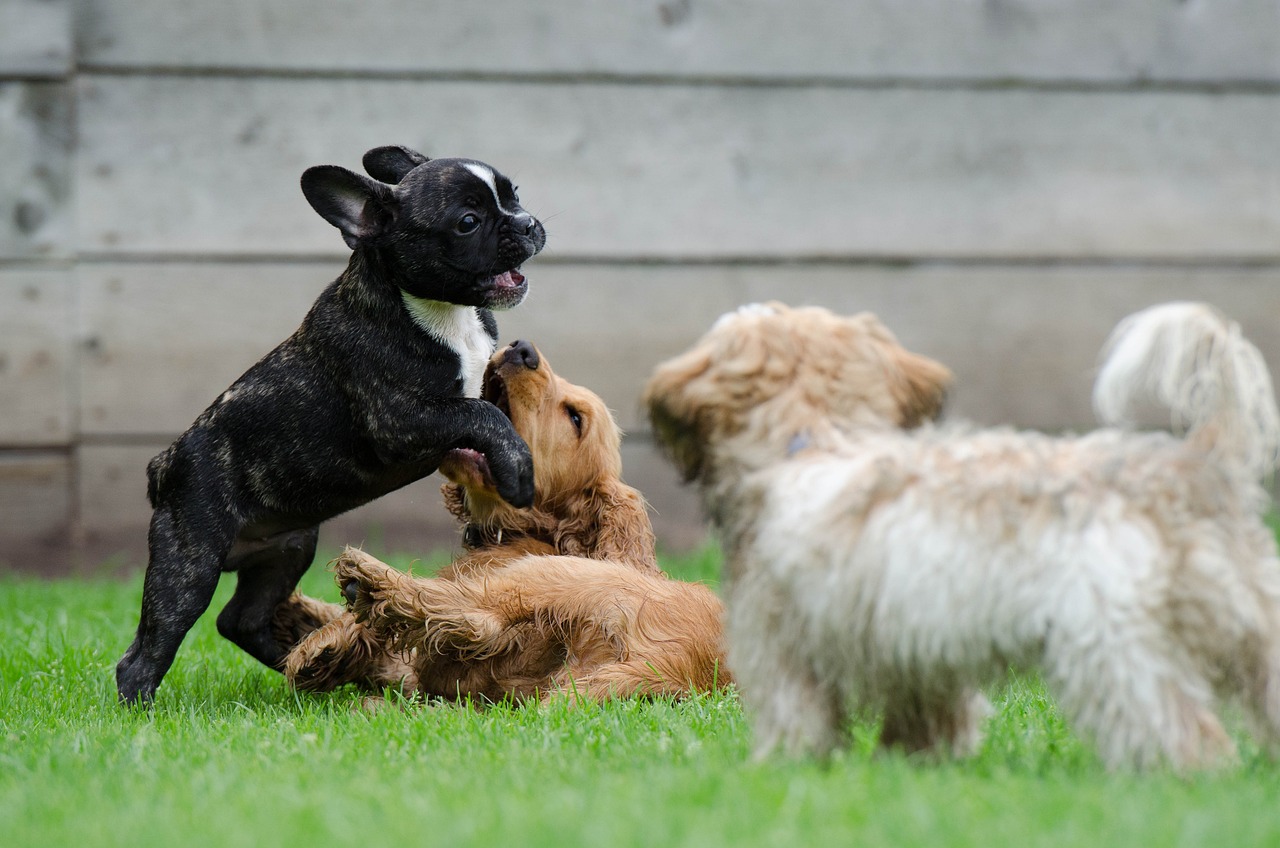Welcome to our blog, where we delve into the fascinating world of canine happiness indicators, or 강아지 행복 지표. Understanding what makes our furry friends happy is essential for their well-being and strengthens the bond between pets and their owners. From wagging tails to playful antics, there are various signs that reveal a dog’s emotional state. Join us as we uncover the key factors that contribute to a dog’s happiness and how you can enhance their joy. Let’s explore in detail below.
Understanding Canine Body Language
The Importance of Tail Movements
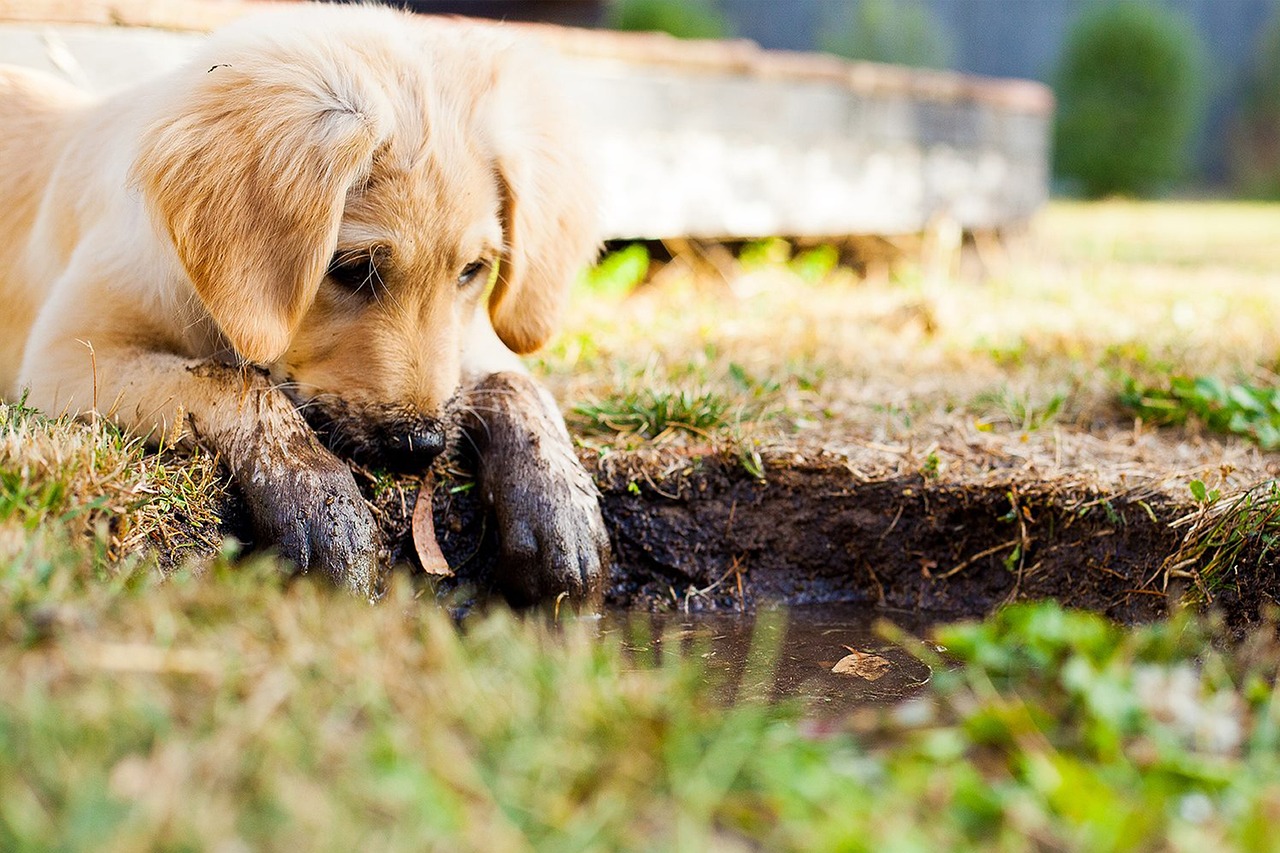
The tail is often referred to as a dog’s emotional barometer. When a dog wags its tail, it can indicate various feelings, ranging from excitement and happiness to nervousness or agitation. A relaxed, wagging tail held in a neutral position typically suggests that the dog is content and comfortable in its environment. Conversely, a stiff or high-held tail may signal tension or unease. Observing the direction and speed of the wag can also provide insights; for instance, a broad wagging motion might indicate joy, while a slower wag could suggest uncertainty. Understanding these nuances helps owners better interpret their pet’s mood.
Facial Expressions and Eye Contact
Dogs communicate a wealth of information through their facial expressions. Soft eyes, relaxed ears, and an open mouth often signify a happy and approachable dog. Conversely, narrowed eyes or tense facial muscles can indicate stress or discomfort. Additionally, eye contact plays a significant role in canine communication; gentle gaze from your dog can reflect trust and affection. However, prolonged staring can be perceived as confrontational among dogs. Learning to read these subtle cues allows owners to respond appropriately to their pets’ emotional states.
The Role of Posture
A dog’s posture speaks volumes about its feelings and state of mind. A relaxed stance with loose limbs indicates comfort and security, while a crouched or hunched posture may suggest fear or anxiety. Dogs that are playfully bowing—front legs extended forward while the hind end remains elevated—are signaling their eagerness to engage in play, showcasing their happiness. Recognizing these physical manifestations enables owners to create an environment where their pets feel safe and joyful.
Engagement Through Playtime
The Benefits of Interactive Play
Playtime is crucial for a dog’s mental and physical well-being. Engaging in interactive play not only stimulates your dog’s mind but also strengthens the bond between you two. Activities like fetch or tug-of-war encourage exercise and help burn off excess energy that could otherwise lead to destructive behavior when left unspent. Moreover, the excitement that comes with play fosters happiness by releasing endorphins—nature’s mood enhancers—making your furry friend feel more fulfilled.
Choosing the Right Toys
Selecting appropriate toys for your dog is vital for keeping them engaged and entertained. Toys that challenge your dog’s intellect—such as puzzle toys that dispense treats—can keep them occupied for hours while also promoting problem-solving skills. Chew toys are excellent for satisfying natural instincts while providing an outlet for anxiety relief. Rotating toys regularly prevents boredom and maintains interest in play activities, contributing significantly to your pet’s overall happiness.
Social Play with Other Dogs
Canines are inherently social animals that thrive on interaction with other dogs. Arranging playdates or visiting dog parks allows your pet to engage in healthy socialization experiences that promote joy and reduce loneliness. Observing how your dog interacts with peers can reveal much about its personality and happiness levels; playful barking, chasing, and playful wrestling are all signs of joy during these interactions.
Nourishment for Happiness
A well-balanced diet plays a pivotal role in your dog’s overall happiness and health. Proper nutrition not only supports physical health but also influences mood stability. Feeding high-quality food rich in essential nutrients ensures that your dog has the energy needed for daily activities while contributing to mental sharpness and emotional resilience. Additionally, incorporating treats into training sessions can enhance bonding moments between you and your pet.
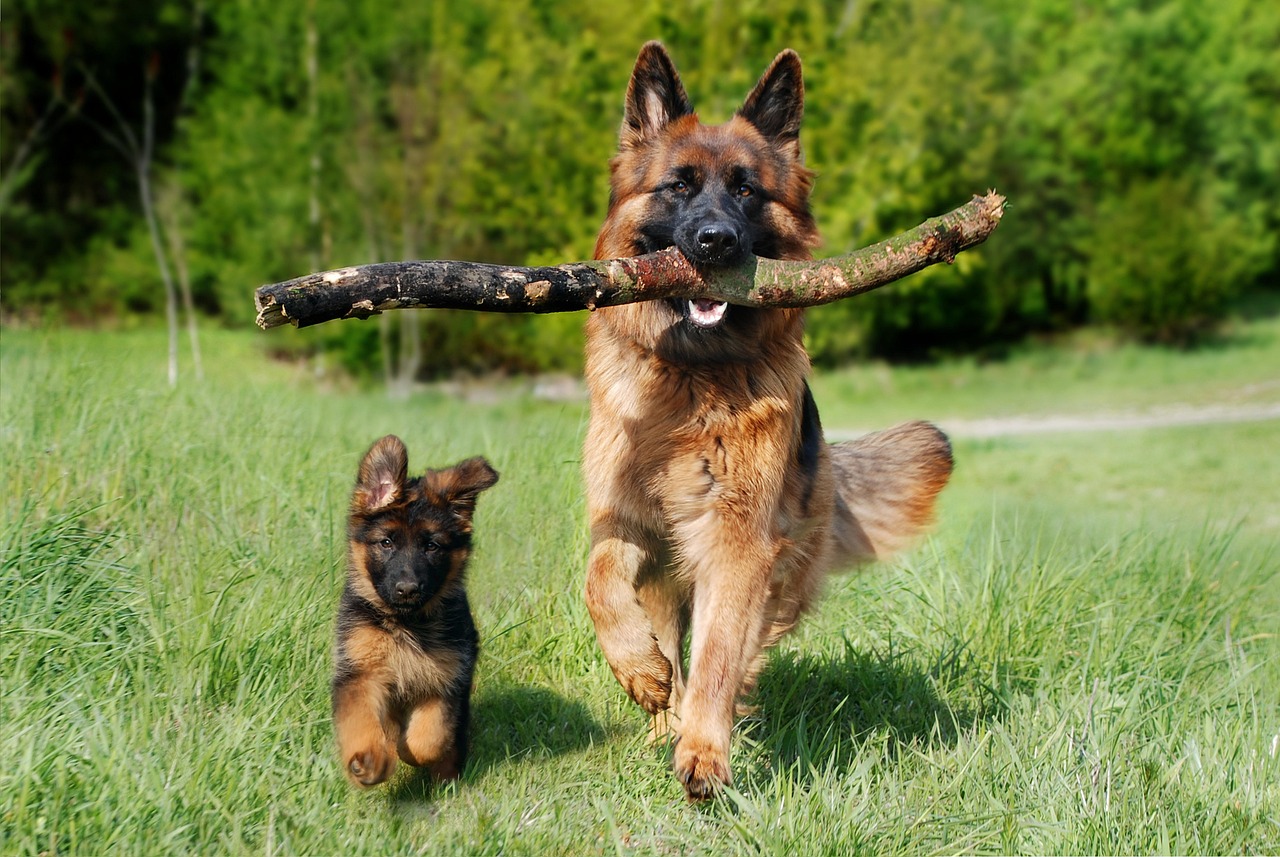
Different breeds have varying nutritional requirements based on size, activity level, and predisposition to certain health conditions. Understanding these needs allows owners to tailor diets specifically suited for their furry friends, promoting optimal health which directly correlates with happiness levels. Consulting with veterinarians regarding breed-specific dietary guidelines ensures that you meet all necessary nutritional standards.

While moderation is key when it comes to treats, they serve as excellent tools for reinforcing positive behavior while simultaneously expressing affection towards your pet. Choosing healthy treats can enhance training sessions or simply brighten your dog’s day when given unexpectedly during routine activities. These small gestures contribute significantly to building trust and creating lasting joyful memories together.
Routine: The Key to Stability
Dogs thrive on routine because it provides them with predictability within their environment—a crucial aspect of ensuring their emotional well-being. Regular feeding schedules, consistent walking times, and designated play periods create stability that helps reduce anxiety levels among dogs who may struggle with unpredictability in their day-to-day lives.
Regular exercise is vital not only for physical fitness but also for mental stimulation which fosters happiness in dogs. Establishing daily walks or runs tailored according to each individual dog’s energy level encourages exploration while providing opportunities for socialization outside the home environment—a factor known to elevate mood significantly.
Consistency in training methods reinforces positive behaviors effectively over time leading towards an overall happier demeanor from our furry companions! By implementing clear commands paired consistently across different environments (home vs park), we help our pets build confidence knowing what’s expected from them further enhancing feelings of safety & joy!
Creating Comfort Zones at Home
Every dog needs its own sanctuary where it feels secure—a space where it can retreat during stressful moments or simply relax after an exciting day outside! Creating comfortable resting areas equipped with soft bedding away from high-traffic zones ensures they have access whenever they need downtime fostering greater overall relaxation contributing positively towards daily happiness levels!
Tailoring living spaces according to individual preferences leads towards increased comfort levels too! For example: some dogs enjoy cozy corners filled with blankets while others prefer open spaces near windows allowing sunbathing opportunities! Experimenting until finding what suits best will lead towards happier living situations ultimately benefiting both owner & pet alike!
Identifying potential stressors within homes such as loud noises (thunderstorms/fireworks) enables proactive measures taken ahead of time by providing calming solutions like soundproofing rooms equipped with familiar scents through blankets/beddings ensuring tranquility amidst chaos resulting into happier pups overall!
The Power of Training Methods
Training doesn’t just teach obedience—it enriches relationships! Utilizing positive reinforcement techniques strengthens bonds between owner & pet since rewards motivate desired behaviors effectively without causing fear-based responses which may hinder growth long-term! Incorporating praise alongside treats creates joyous moments reinforcing good choices leading towards enhanced emotional satisfaction overall!
Incorporating various commands into regular training sessions engages canine minds actively preventing boredom leading towards unruly behaviors stemming from pent-up energy levels! Challenging them mentally enhances cognitive skills fostering greater confidence translating into happier dispositions around people/pets alike creating harmonious living experiences!
Beyond mere discipline lies an opportunity for deepening connections through shared activities focused on teamwork resulting into mutual respect growing stronger over time enhancing feelings associated with companionship leading ultimately towards lasting happiness achieved together!
Ending the article
In conclusion, understanding and nurturing a dog’s happiness involves various elements, including interpreting body language, engaging in play, providing proper nutrition, establishing routines, creating comfortable environments, and employing effective training methods. Each aspect contributes to a fulfilling life for your canine companion. By prioritizing these factors, you foster a stronger bond with your dog and ensure their overall well-being.
More valuable references
1. Canine body language resources help owners understand their pets better.
2. Books on dog training techniques provide insights into positive reinforcement methods.
3. Nutrition guides specific to dog breeds can inform dietary choices.
4. Online forums and communities connect pet owners to share experiences and advice.
5. Local veterinarians can offer personalized recommendations for maintaining your dog’s health.
Summary and wrap-up
This article explored the multifaceted approach to ensuring a dog’s happiness through understanding their body language, engaging in interactive play, meeting nutritional needs, establishing daily routines, creating comfortable living spaces, and utilizing effective training methods. By implementing these strategies, pet owners can cultivate an environment that nurtures their furry friend’s emotional well-being while strengthening the bond between them. A happy dog leads to a joyful home!

